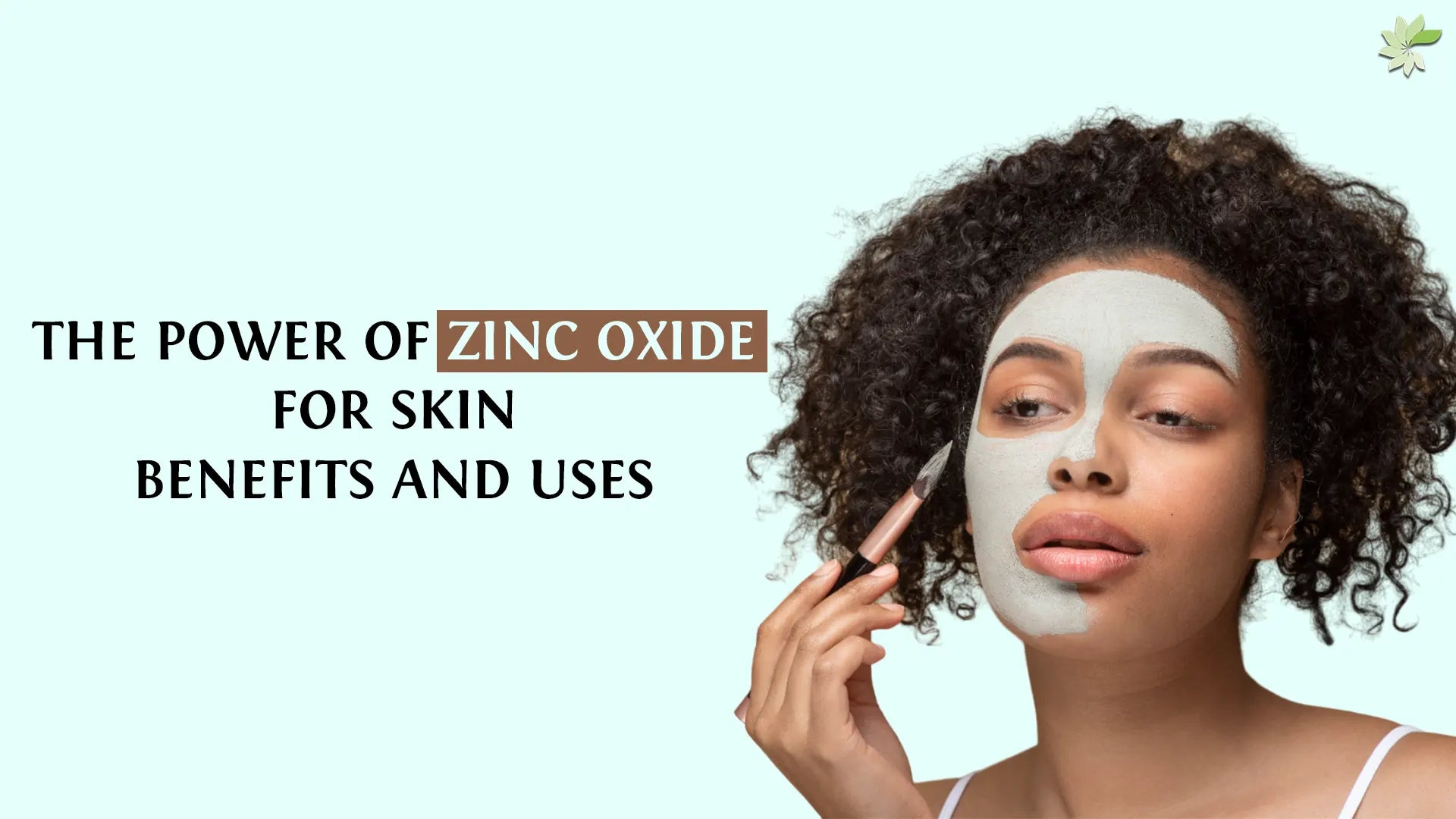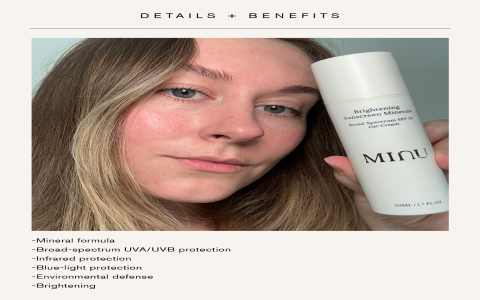So, I’ve been hearing a lot of chatter online and bits and pieces from people about using zinc oxide to lighten skin. You know how it is, someone mentions something, and then you start seeing it everywhere. I’m always a bit skeptical about these “miracle” ingredients, but hey, sometimes you gotta try things for yourself to see what’s what, right?

My Starting Point and What I Was Hoping For
My skin isn’t exactly what I’d call problematic, but I had a couple of stubborn sun spots from last summer that just wouldn’t fade, no matter what. Plus, my overall tone was a bit uneven. I wasn’t looking to become a completely different shade, just wanted things to look a bit more even, maybe a touch brighter. So, when zinc oxide kept popping up as a “gentle” way to lighten skin, I thought, “Okay, let’s give this a shot.” I figured, it’s in sunscreen, it’s in baby products, how harsh can it be?
Getting My Hands on Zinc Oxide and The First Mix
I decided to go pretty basic. I ordered some non-nano zinc oxide powder. My plan was to mix it into my regular, unscented moisturizer. Seemed straightforward enough. When the powder arrived, it was super fine, like confectioners’ sugar.
My first attempt at mixing was, well, a bit of a learning curve. I just took a dollop of my moisturizer on my palm and sprinkled a tiny bit of the zinc powder into it. Then I tried to mix it right there. It was a bit clumpy. Not ideal. I realized pretty quickly that you need to mix it more thoroughly, maybe in a small, separate container if you’re making a little batch. I also learned that a little goes a long, long way. Too much, and you look like you’re prepping for a role as a ghost.
The Actual Application Process – Night After Night
So, for about a month, maybe a bit longer, I committed to this. Every night, after cleansing my face, I’d mix a small amount of the zinc oxide powder with my moisturizer. I aimed for a consistency that would leave a very faint white cast, nothing too crazy, but enough that I felt like the zinc was there. I’d apply it all over my face, paying a bit more attention to those sun spots.
Putting it on, my skin definitely looked instantly brighter, or whiter, rather. But I knew that was just the physical pigment sitting on top. The real test was what my skin would look like in the morning after washing it off, and more importantly, after a few weeks. During the day, I was super diligent with my regular sunscreen, of course. Didn’t want to undo any potential progress by getting more sun damage.

What I Actually Observed – The Nitty Gritty
Alright, so here’s the rundown of what I actually saw happening:
- Immediate Effect: Like I said, instant pale-ish look when applied. This stuff is opaque white. No surprise there.
- Calming Effect: One thing I did notice, and quite liked, was that it seemed to calm any redness or slight irritation I had. If I had a small blemish that was looking angry, the zinc oxide seemed to soothe it a bit overnight. That was a definite plus.
- Oil Control: It also seemed to mattify my skin a bit, which I didn’t mind, especially in my T-zone.
- The “Lightening” Part: Now, for the main event – did it lighten my skin? After a solid month of nightly use, and then another couple of weeks of more sporadic use because I was starting to lose patience, I have to be honest. I didn’t see a dramatic lightening of my overall skin tone. Those stubborn sun spots? Maybe, maybe they faded a tiny fraction, but it was so minimal that I could have just been imagining it or it could have been natural fading over time. It was definitely not the noticeable lightening some people rave about.
My Final Thoughts on This Whole Experiment
So, where do I stand on zinc oxide for skin lightening now? Look, it’s not a miracle worker, at least not for me in the way I used it. I think a lot of the “lightening” people see is probably that immediate whitening effect when the product is on the skin. And, because it’s a physical sunscreen, if you use a product with zinc oxide during the day, it will prevent tanning and further pigmentation, which over time can lead to your skin returning to its natural, lighter baseline if you’ve had sun exposure. That makes perfect sense.
But as an active “bleaching” agent or something that significantly reduces existing melanin just by putting it on at night? I didn’t experience that. Perhaps you need a specific formulation, or to use it for a much, much longer time. I don’t know.
For me, zinc oxide is fantastic as a sunscreen ingredient. It’s great for sensitive skin, great for calming irritation. I’ll continue to use sunscreens that feature it heavily. But will I be mixing up zinc powder into my moisturizer every night hoping for a lighter complexion? Probably not. It was an interesting experiment, and I’m glad I tried it so I know for myself. Now, it’s back to the drawing board for those sun spots, I guess!












